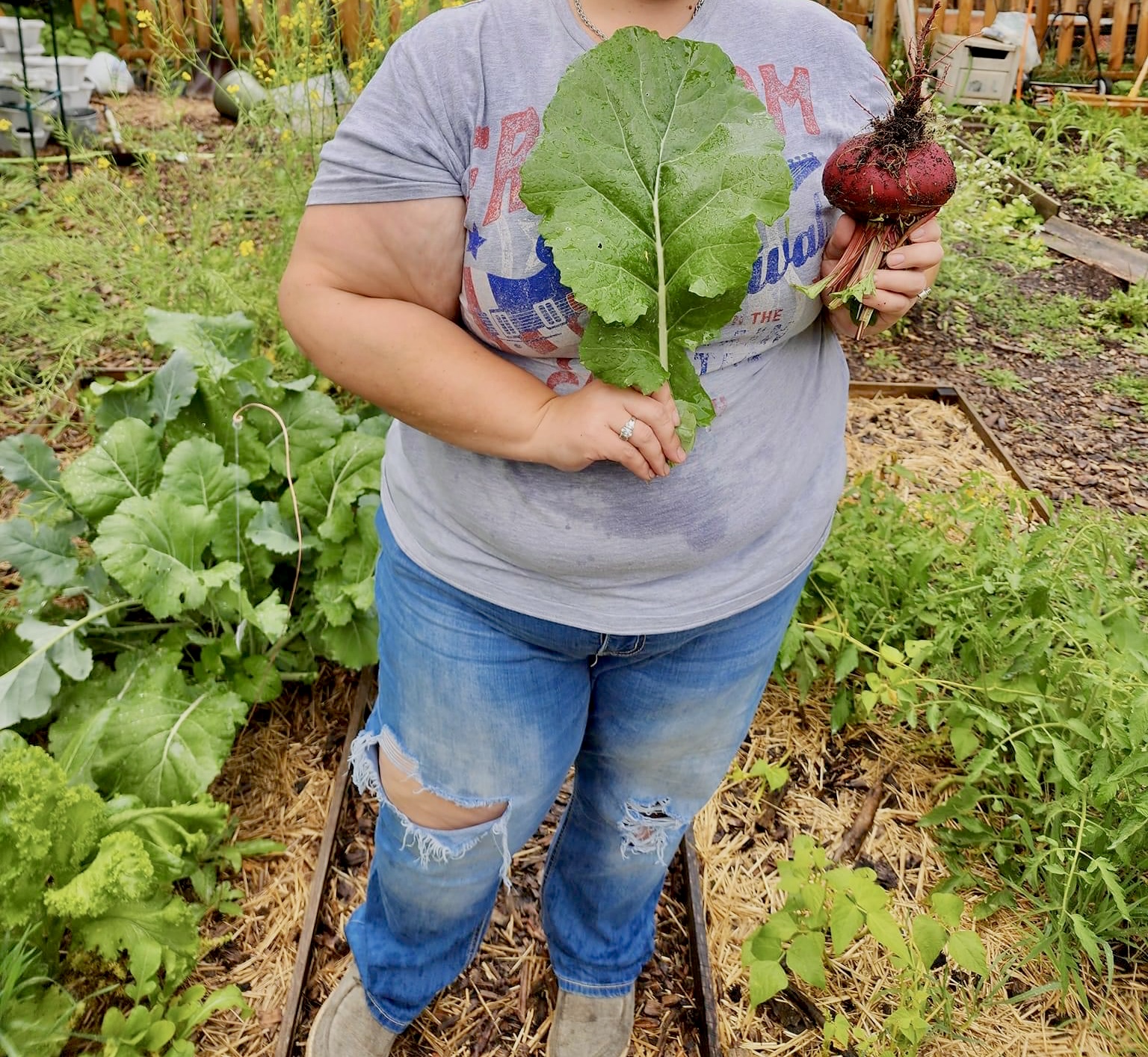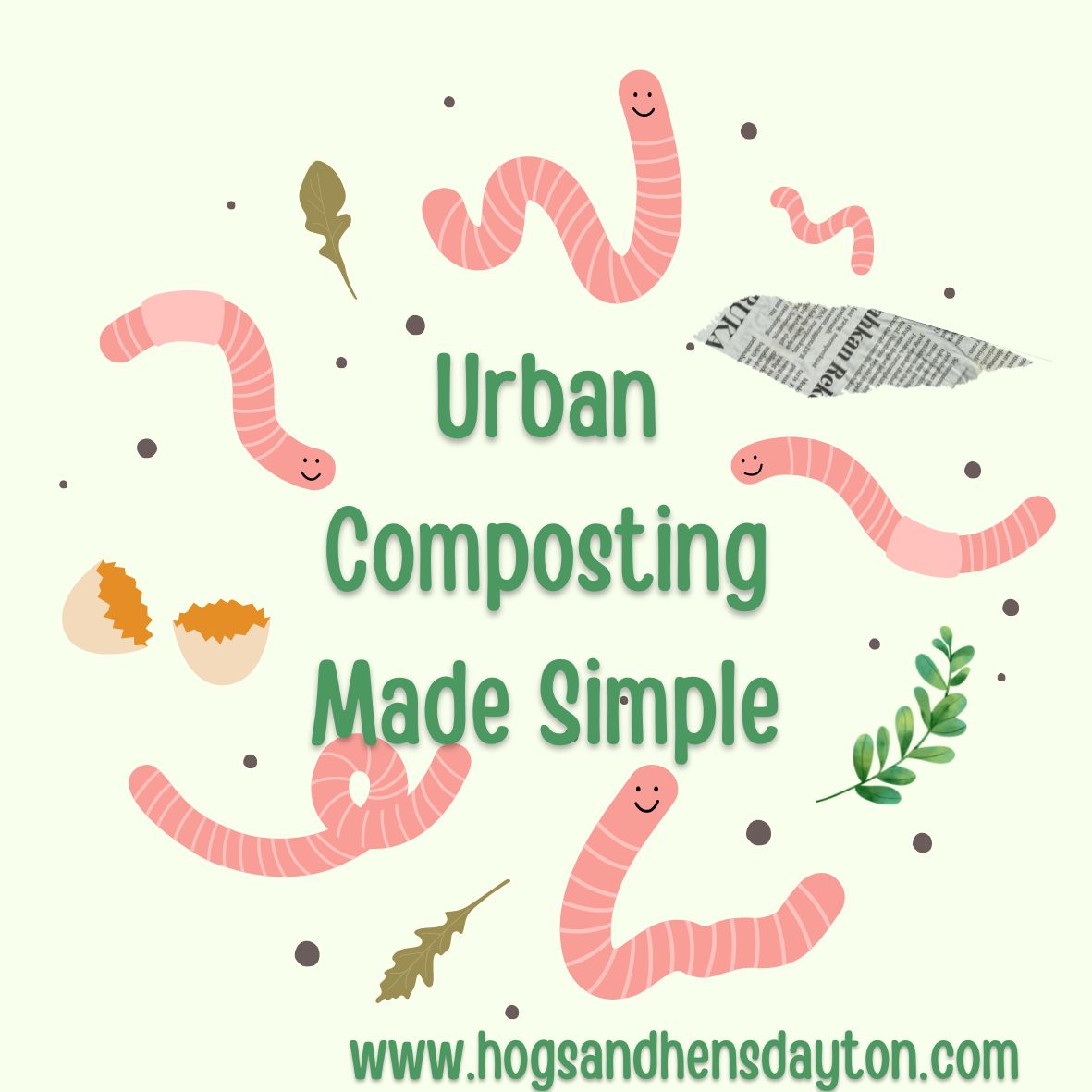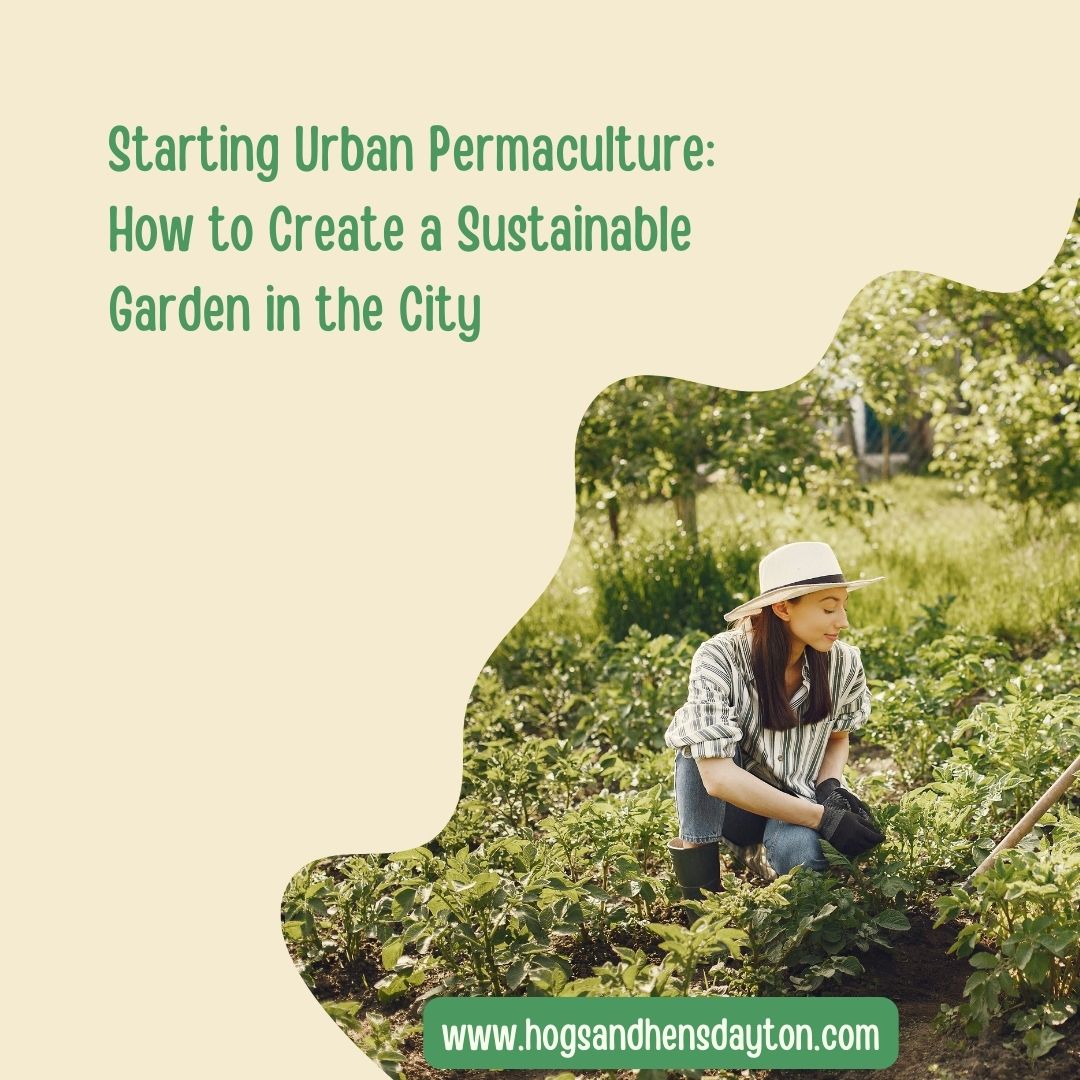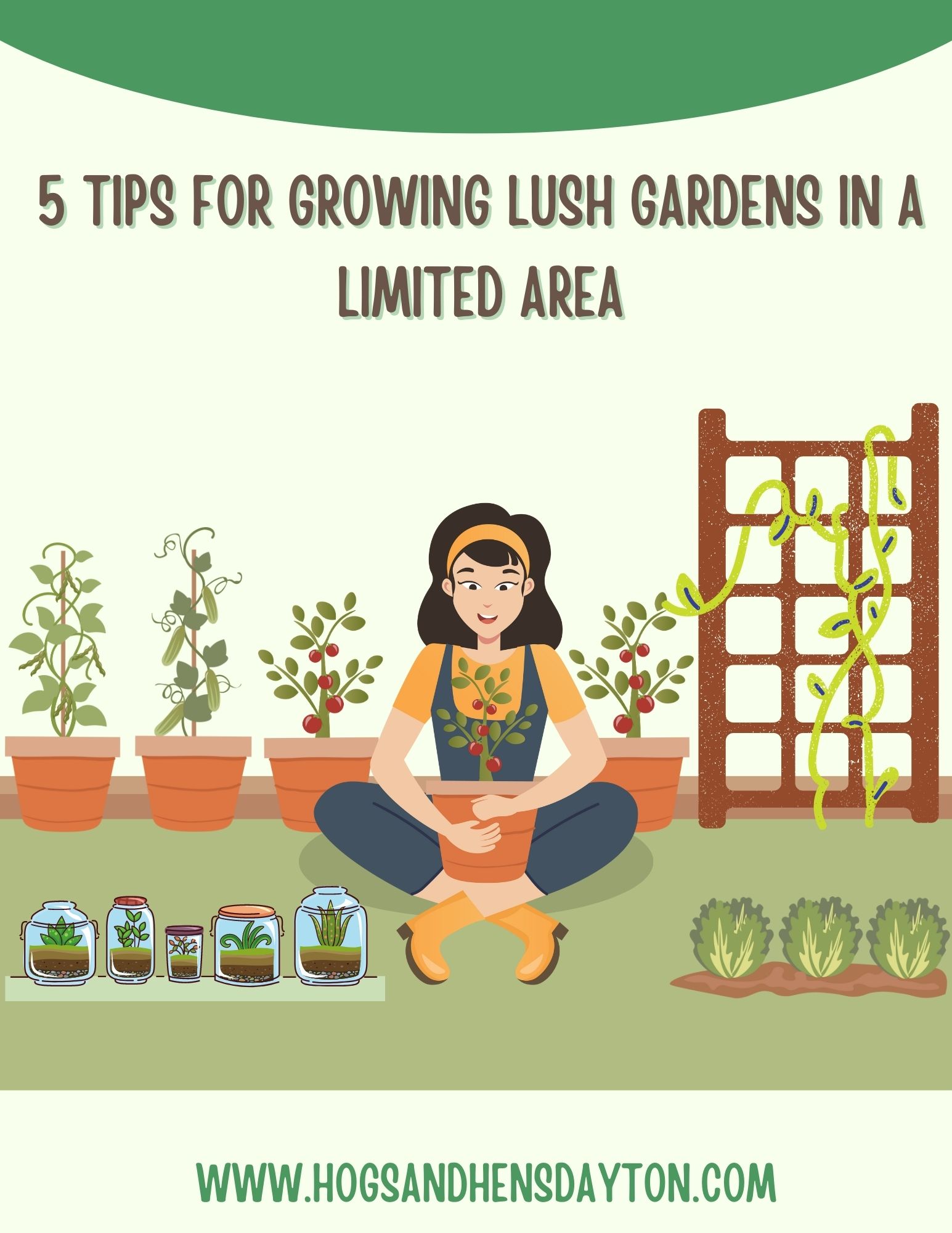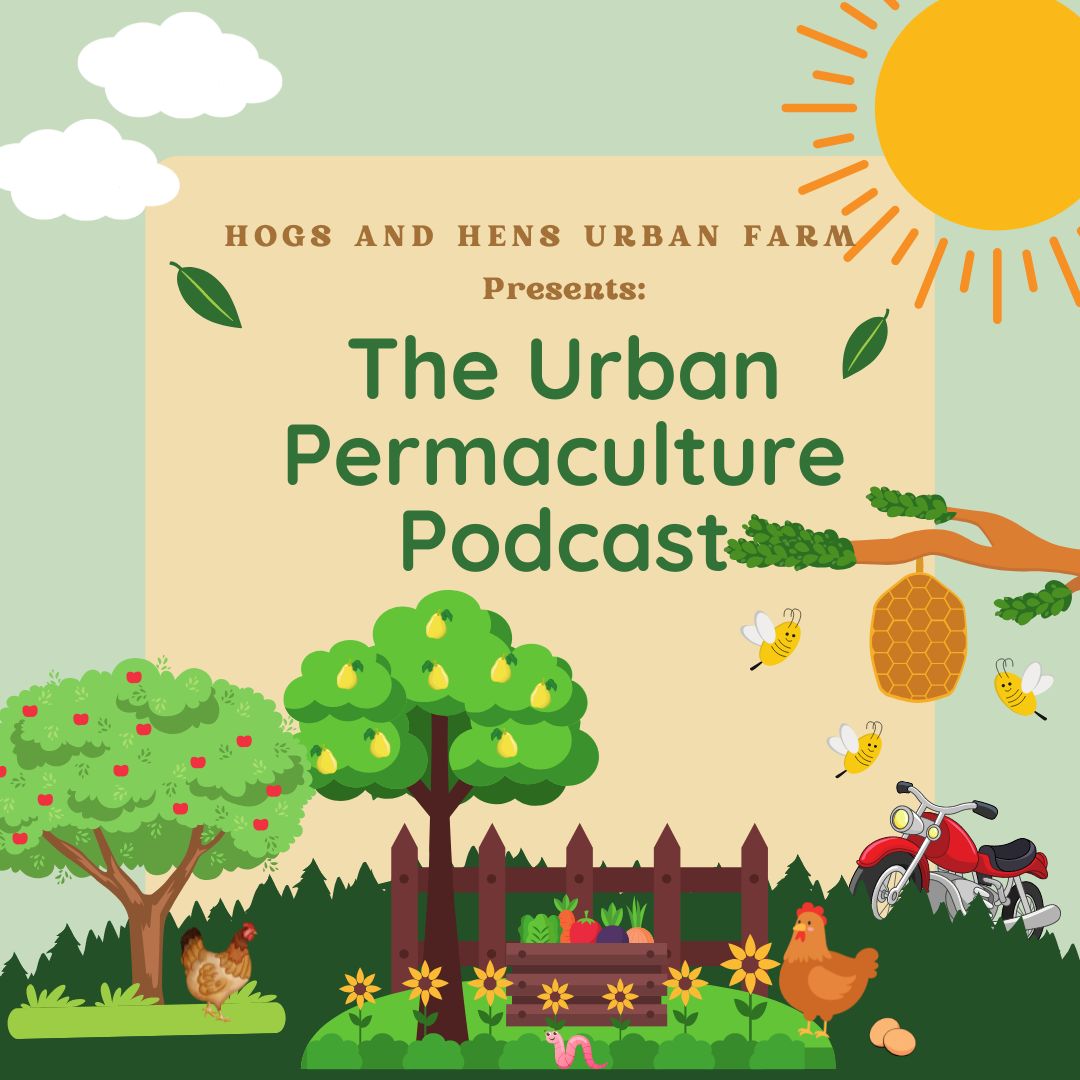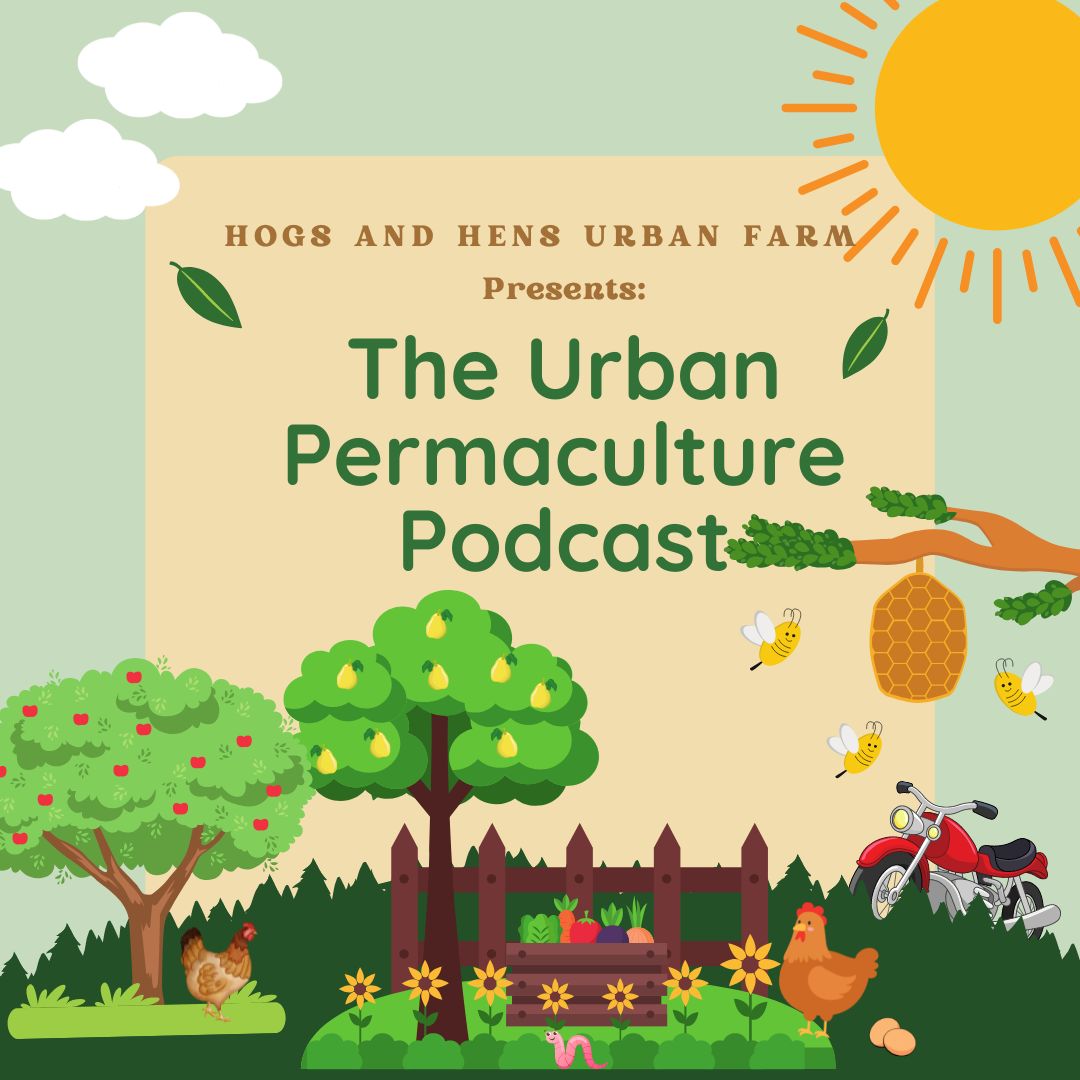
Carbon drawdown refers to the process of removing carbon dioxide from the atmosphere and storing it in natural systems like soil, forests, and oceans. Carbon drawdown is critical for mitigating the impacts of climate change, and urban permaculture can play an important role in this process. Urban permaculture is a way of designing and managing urban spaces to mimic the natural systems found in healthy ecosystems. By using permaculture principles, we can create urban landscapes that are not only productive and beautiful but also contribute to carbon drawdown. Each thing we do has an impact on the environment around us. Here’s how urban permaculture can help with carbon drawdown:
Soil Building
Healthy soil is a key component of carbon drawdown, as it can store large amounts of carbon in the form of organic matter. Urban permaculture can help build healthy soil by using techniques like composting, cover cropping, and no-till gardening. Composting organic matter like food scraps, leaves, and grass clippings can help build healthy soil that stores carbon. Cover cropping involves planting crops like legumes or grasses that fix nitrogen and add organic matter to the soil. No-till gardening involves reducing or eliminating tilling, which can disrupt soil structure and release carbon. We mix all of these techniques in addition to heavy mulch adding even more carbon material back into the soil. By building healthy soil, urban permaculture can contribute carbon drawdown while also increasing soil fertility and plant productivity.
Agroforestry
Agroforestry is a land management system that combines trees and crops on the same piece of land. This system can contribute to carbon drawdown by sequestering carbon in trees and soil, reducing greenhouse gas emissions from agriculture, and increasing biodiversity. Urban permaculture can incorporate agroforestry techniques like planting fruit trees, using intercropping, and creating food forests. Each of our fruit and nut trees have companion plants around them in clusters called guilds. These guilds work together with the trees to increase yields and build the soil. Any combination of these techniques can help reduce the carbon footprint of urban food production while also providing food, shade, and habitat for wildlife.
Carbon Farming
Carbon farming involves using agricultural practices that increase carbon sequestration in soil and vegetation. Urban permaculture can incorporate carbon farming techniques like alley cropping, rotational grazing, and silvopasture. Alley cropping involves planting crops between rows of trees or shrubs, which helps reduce soil erosion, increases soil fertility, and sequesters carbon. Rotational grazing involves moving livestock between different grazing areas. This can help improve soil health and increase carbon storage in grasslands. While most urban areas have limited ability to include livestock, it is not completely out of the question.
On our farm, we raise chickens that we free range during the day. This allows them to eat bugs that would otherwise harm the garden. But it also means they will scratch the ground allowing carbon deeper into the soil. Moving livestock also allows their manure to be deposited over a wider area, again encouraging healthy soil. Silvopasture involves integrating trees and livestock on the same land, which can provide multiple benefits like increased carbon storage, improved animal welfare, and higher crop yields. While silvopasturing may not be an option in all urban settings, it is certainly worth doing where possible.
Urban Greening
Urban greening refers to the process of adding vegetation to urban areas like parks, rooftops, and public spaces. We can contribute to carbon drawdown by using urban greening techniques like creating green roofs, installing vertical gardens, and planting trees. Green roofs and vertical gardens can help reduce the urban heat island effect, increase biodiversity, and sequester carbon. Planting trees in urban areas can help reduce air pollution, provide shade and cooling, provide food, and sequester carbon. The more areas in a city that can have living plants, the better.
In conclusion, urban permaculture can play an important role in carbon drawdown by using any combination of the techniques in this article. By creating urban landscapes that mimic natural systems and contribute to carbon storage, we can mitigate the impacts of climate change while also creating productive and beautiful urban spaces. Urban permaculture offers a sustainable and regenerative approach to urban design that benefits both people and the planet. Remember, permaculture is not a sprint, but a marathon. We’ve been building our urban farm for 3 years, and continue to improve every week. Each step a family can take to move towards a greener life helps the planet breathe a little easier.

